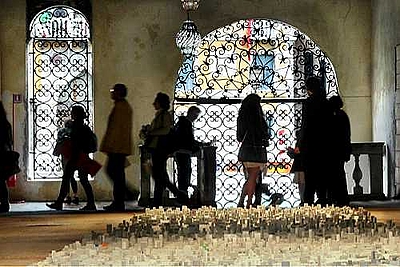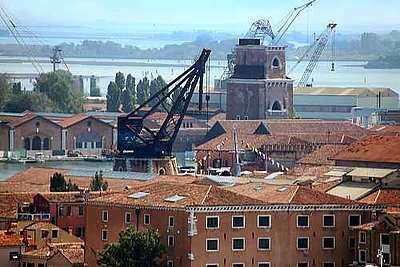For an optimal view of our website, please rotate your tablet horizontally.
Photographs taken by Lara Baladi during this time, which coincided with the email and skype communication with Nafas Art Magazine in preparation of this feature.
Lara Baladi's last statements in the interview:
There is always hope. And there always was hope. The proof is the revolution. The regime was so oblivious to the needs of the population that, whether they liked it or not, people ended up building states within the state. The population in the "ashwa'iyat" in particular and in Egypt in general has developed survival methods and structures operating completely separately from the regime. But solidarity and communal life are also an intrinsic part of Egyptian social behaviour, a phenomenon we witnessed conspicuously in the last weeks.
However, the population from the "ashwa'iyat" was not at the forefront of this revolution, although it clearly took part in it (we see this in the police stations that were burnt in some of these areas on the Angry Friday). Thirty per cent of the population still does not hold an identity card and, most probably, people from the "ashwa'iyat" represent a large part of these thirty per cent. To enter Tahrir we needed to show our Egyptian ID.
The big economic slump we are now experiencing affects primarily the poorer sections of society. If a new system, a new kind of democracy, not one cut and pasted from the existing failing Western democracies, can really be implemented, then hopefully the "ashwa'iyat" will also benefit from this revolution. However, as we saw, hope is in the people. The people's "plan" is to clean Egypt from its corrupt regime and literally every area of the city will be cleaned one after another by volunteering citizens, just like Tahrir Square was cleaned and repainted after the departure of Mubarak. There is hope for every soul.
(see the complete >> Interview)
3 recent art projects by Lara Baladi, and photographs taken by her on Tahrir Square, Jan/Feb. 2011.


